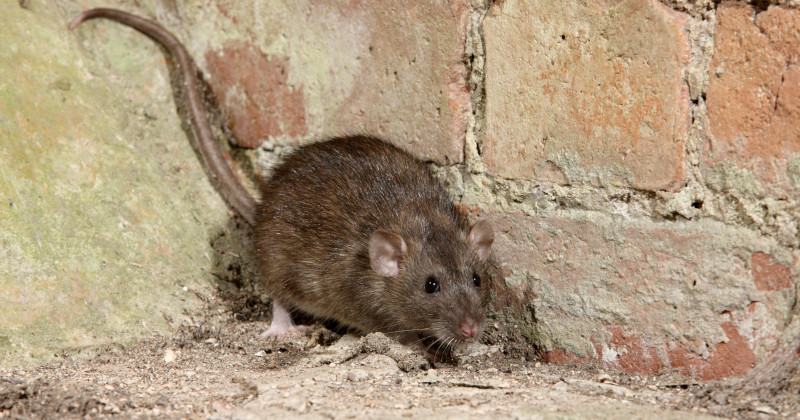Discovering signs of a rodent infestation in your home can be alarming, and your initial reaction is likely to be to identify the intruders and take swift action. However, distinguishing mice and rats can be difficult at times due to their similarities, which can lead to confusion. Understanding the distinctions between these two parasites is crucial for effective management and prevention. Let’s examine the distinguishing characteristics that will help you determine whether you’re dealing with rodents or rats.
Size Is Significant: Size is one of the most distinguishing characteristics between mice and rats. The average length of a mouse is between 3 and 4 inches, excluding the tail. In contrast, rats are between 7 and 9 inches in length, excluding the tail. When they are compared side-by-side, the dimension difference becomes more apparent.
Ears and Tail: Mice have proportionally larger ears than rats, whereas rats have smaller ears. Additionally, rats have a longer and bulkier tail than mice. A rat is more likely to be observed if it has large whiskers and a thick tail.
The shape of the muzzle is another distinguishing characteristic. Rats have blunt and rounded snouts, whereas mice have triangular snouts.
Footprints and Droppings: Examining footprints and droppings can yield useful information. The size of mouse droppings resembles minuscule grains of rice. The droppings of rats are larger and capsule-shaped. Similarly, the extent of their footprints can help distinguish between the two.
Mice are known for their inquisitive behaviour and fast movements. They are adept climbers and are frequently observed scampering along walls and in confined areas. In contrast, rats tend to avoid novel objects in their environment and are more wary. They may move more deliberately and prefer to remain in close proximity to cover.
Mice typically construct their nests in concealed, sequestered areas using materials such as paper, fabric, and insulation. Rats are more likely to construct nests from coarser materials such as twigs and leaves in attics, basements, and wall cavities.
Both mice and rats are opportunistic consumers, although their preferences can vary. Mice are more likely to consume tiny amounts of food from a variety of sources, whereas rats prefer to consume larger amounts of food at once. If you observe significant food depletion or large gnaw imprints, rats may be to blame.
Both rodents have strong, perpetually growing incisors, causing them to gnaw on objects to control the length of their teeth. However, rats’ gnaw markings are typically larger and more destructive than mice’s smaller and more delicate gnawing.
The magnitude of entry points can also provide information. Rats typically require openings the size of a quarter, whereas mice can pass through holes the size of a dime.
Identifying the location of nests can provide valuable information. Rats tend to nest farther away from their food sources than mice.
For effective pest control, it is essential to correctly identify whether you are dealing with rodents or rats. There are similarities between these two rodents, but their size, physical characteristics, behaviour, and nesting patterns provide useful information. If you are unsure of the type of rodent infestation in your home, it is prudent to seek the assistance of a professional pest control expert. Their experience and expertise can assist you in accurately identifying the source of the problem and implementing a targeted plan to eliminate it and prevent future infestations. Remember that early detection and prompt action are essential for keeping your home rodent-free.
Leave it up to the exterminators of Rat Control Bowmanville to handle your business for visible results. Our rat removal services are backed up with a 6-month service warranty.

